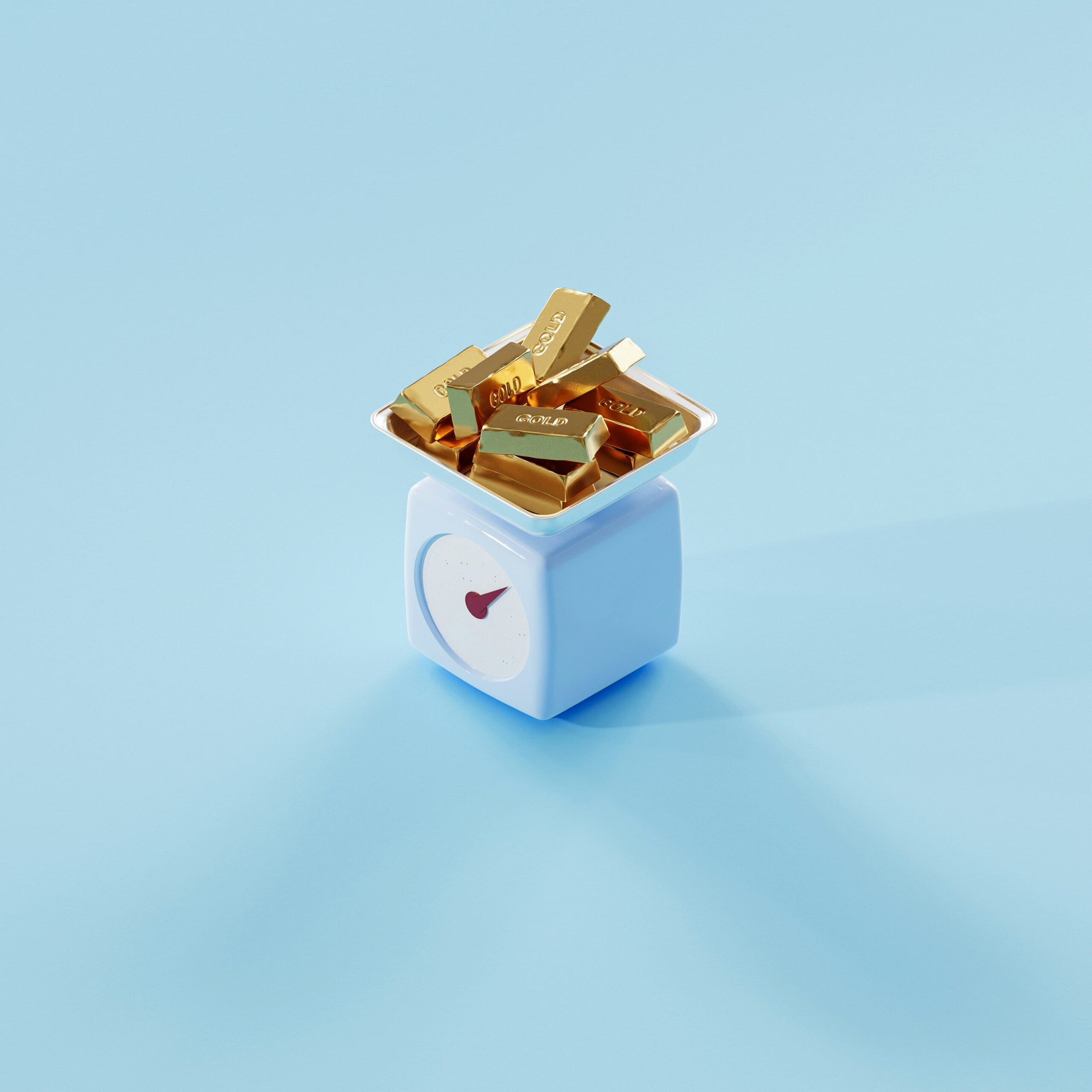Investing in physical assets offers unique benefits that enhance financial security. From the tangible value of gold bullion to the cultural enrichment of fine art, these investments provide stability and growth opportunities.
Explore how different types of physical assets can diversify your portfolio, hedge against inflation, and create lasting wealth for future generations…
Types of Physical Assets You Could Invest In
When it comes to physical assets, investors have a wide array of choices. Each asset offers unique advantages and can help diversify a portfolio.
Here are just a few popular physical assets that you could invest in to gain financial security:
- Precious Metal Bullion. Gold, silver, and platinum bars or coins (which you can buy at Pimbex) provide stability during economic downturns. They are tangible stores of value.
- Real Estate. From rental properties to commercial spaces, real estate generates income through rents and appreciates over time.
- Art. High-value paintings and sculptures not only beautify your space but can also appreciate significantly. Look for emerging artists with potential for future fame.
- Luxury Watches. Brands like Rolex or Patek Philippe hold their value well. They combine craftsmanship with scarcity.
- Classic Cars. Vintage automobiles attract enthusiasts willing to pay premium prices for well-maintained models.
Tangible Value and Long-Term Stability
Investing in physical assets like real estate, precious metals, or art provides a sense of tangible value. Unlike stocks or bonds, you can physically see and touch these investments. This tangibility often translates to long-term stability. For instance, gold bullion has maintained its worth through centuries of economic upheaval.
Similarly, owning property offers the assurance that comes with holding a piece of land or building – a constant presence even in fluctuating markets. Physical assets tend to provide a durable safety net for your financial portfolio.
Hedge Against Inflation and Economic Downturns
Physical assets, like precious metals and real estate, serve as effective hedges against inflation. When currency values drop, the worth of tangible investments often rises or remains stable. Gold, for instance, typically increases in value when inflation surges.
During economic downturns, physical assets offer security that paper investments might lack. Real estate can still generate rental income even in a sluggish market, for instance.
By diversifying into these kinds of investments, you safeguard your wealth from unpredictable financial climates and preserve your purchasing power over time.
Potential for Passive Income Generation
Investing in physical assets opens doors to passive income streams. Real estate, for instance, can generate consistent rental income. Owning a commercial property or residential units provides monthly cash flow with minimal active involvement. Similarly, art collections could be loaned. This creates additional revenue without the daily grind of traditional employment.
Passive income from these sources helps build financial stability and offers greater freedom to pursue other interests. It’s an effective way to make your investments work for you continuously.
Resilience Against Market Volatility
Physical assets often exhibit resilience in the face of market volatility. Unlike stocks that can plummet due to sudden economic shifts, tangible investments like real estate or precious metals typically retain their value better.
Similarly, owning property means you have an asset that isn’t as susceptible to rapid devaluation. This resilience makes physical assets a reliable component of any diversified investment strategy. They act as stabilizers, ensuring you aren’t entirely at the mercy of volatile markets.
Legacy Building and Wealth Transfer
Investing in physical assets contributes to legacy building and simplifies wealth transfer. Assets like real estate, fine art, or luxury watches can be passed down through generations. They often appreciate over time, adding long-term value to your family’s wealth.
Passing on tangible items also reduces the complexities involved in transferring financial instruments. Heirs receive a clear-cut asset without needing to navigate intricate legalities or market conditions.
This form of inheritance not only preserves but potentially grows family wealth across generations, making it an excellent strategy for long-term financial security and legacy planning.
Cultural and Aesthetic Appreciation
Lastly, investing in physical assets like art or luxury watches offers cultural and aesthetic benefits. For instance, fine art enhances living spaces while often appreciating in value, and luxury watches provide both utility and elegance.
These investments add a personal touch to your portfolio, combining financial gain with enjoyment. Owning culturally significant pieces can enrich your life while contributing to long-term financial stability.

Be the first to comment